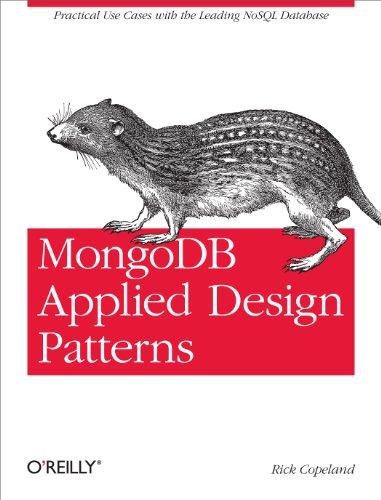Answered step by step
Verified Expert Solution
Question
1 Approved Answer
Part A Prompt: We have given you specifications for a Duck class that has a few attributes (shown below). Your job is to complete the

| Part A | |
| Prompt: We have given you specifications for a Duck class that has a few attributes (shown below). | |
| Your job is to complete the Duck class and | |
| finish the main method so that the ducks get ordered based on their coolness. | |
| Hint: Look at C++ standard library sort function | |
| DUCK: | |
| variables: | |
| 1. name: string - the name of the duck | |
| 2. coolness: float - how cool the duck is (float from 1-10) | |
| 3. weight: double - average weight of the duck in pounds | |
| functions: | |
| 1. default constructor | |
| 2. constructor with paramaters | |
| 3. getName: returns string | |
| 4. getCoolness: returns float | |
| 5. getWeight: returns double |
| Part B | |
| Add the big three to your Duck class: destructor, copy constructor, copy assignment operator. | |
| Add comments explaining what each one does, | |
| how they differ from one other, | |
| and differences between each of these and the default constructor. | |
| */ | |
| /** | |
| Part C | |
| We will now refactor our Duck class to be an abstract parent class (Duck) with child classes (Mallard, Canvasback, and Rubber). | |
| Each class should be its own file (duck.cc, mallard.cc, canvasback.cc, and rubber.cc) | |
| The parent class will have the following pure virtual methods added: | |
| quack: void | |
| display: void | |
| swim: void | |
| fly: void | |
| The child classes have the following behavior: | |
| Mallard | |
| quack: prints Quack! | |
| display: prints I am a Mallard Duck! | |
| swim: prints I can swim! | |
| fly: prints I can fly! | |
| Canvasback | |
| quack: prints Quack! | |
| display: prints I am a Canvasback Duck! | |
| swim: prints I can swim! | |
| fly: prints I can fly! | |
| Rubber | |
| quack: prints Squeak! | |
| display: prints I am a Rubber Duck! | |
| swim: prints I can swim! | |
| fly: prints I cant fly! | |
| 1. One of these four added functions can be refactored such that it is not pure virtual anymore. Refactor that function accordingly. | |
| 2. Create an instance of each of the children classes in the main function. | |
| 3. You'll also have to comment out the ducks vector, all the push_backs, and sort from part A. | |
| Why? | |
| [Response here] | |
| */ | |
| /** | |
| Part D | |
| Create five functions that take in two ducks and output something. | |
| You get to define the functions however you want. | |
| Feel free to add new variables to the ducks in order to complete wanted functionality. | |
| In addition to writing the code, comments are required. | |
| Comments should not only detail the logic behind the code, | |
| but also explain how the different classes and methods interact to create an interesting experience. | |
| In the main method, demonstrate each one of your five functions in action. | |
| This is your chance to have fun! | |
| */ | |
| // TODO part A: Duck class goes here | |
| // TODO part B: add the big three | |
| // TODO part C: refactor Duck class and create a few new classes (separate files) | |
| // TODO part D: 5 added functions and corresponding comments go here (or in your child class files depending on how you want to implement it) |
Step by Step Solution
There are 3 Steps involved in it
Step: 1

Get Instant Access to Expert-Tailored Solutions
See step-by-step solutions with expert insights and AI powered tools for academic success
Step: 2

Step: 3

Ace Your Homework with AI
Get the answers you need in no time with our AI-driven, step-by-step assistance
Get Started


